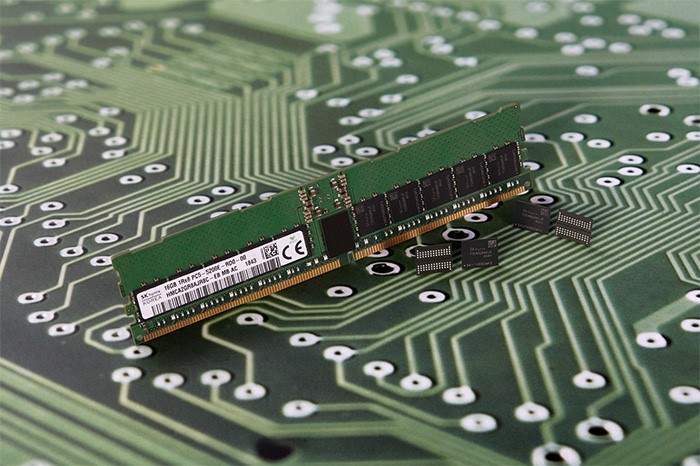Nanya predicts the contract price of DRAM market in the third quarter will have further increase
Nanya predicts the contract price of DRAM market in the third quarter will have further increase
The low price of memory has passed. According to Taipei Times, the strong demand for long-distance and online applications, such as remote working, caused by the COVID-19 may run on to the third quarter, thus the DRAM prices will continue to be bullish in the next quarter, which will help the operation of Nanya Technology, the largest DRAM factory in Taiwan, said by Li Peiying on May 28th, its general manager.

According to last year's financial report announced by Nanya Technology on May 28 at regular meeting of shareholders, last year's net income is 0.45 dollars per share, and excluding dividend is 0.21 dollars per share, which is based on May 28's closing price, 8.51 dollars, with about 2.47% of cash generation rate. In addition, there is no re-electing proposal of directors this year. Some shareholders were concerned about the impact of the DRAM development in mainland of China. Nanya Technology’s Chairman Wu Jiazhao said that they closely observed the development of the other side, while the obtained information showing that the there wasn’t much progress made by competitors.
He emphasized that Nanya Technology must accelerate its own researching in technology, with retaining and cultivating talents to enhance competitiveness at the same time. Wu Jiazhao said the shareholder meeting would allocate 26.7 million Dollars to employees for dividends. Although it was less than last year, it still ranked next to TSMC among Taiwan's wafer fabs. Estimated by 3,300 employees in Nanya, each person would receive more than 8015 dollars. The company also hoped that the number of developers would be up to 1,000 from 800.
Referring to the follow-up market of DRAM, Li Peiying said that remote applications, such as online working, teaching and shopping, had driven strong demand for cloud, netcom, and personal computers in the first quarter. The current demand is still strong which was expected to last in the third quarter. He predicted that DRAM contract prices would also increase in the third quarter.
Li Peiying said that for industry future development there were three uncertainties, including the development of COVID-19, US-China trade frictions and the expansion of extension for Huawei from US government, but these variables only had a short-term impact. As DRAM was a key component of various electronic products, the long-term development of the industry was quite healthy, while the applications were growing, and several major suppliers were rationally controlling the output, what’s more, many large manufacturers gained a large proportion of profits from DRAM without price competition. In terms of the expansion of the containment of Huawei in the United States, Li Peiying said that he would not comment on specific customers. However, Nanya would try its best to meet the needs of customers within the scope permitted by regulations.
